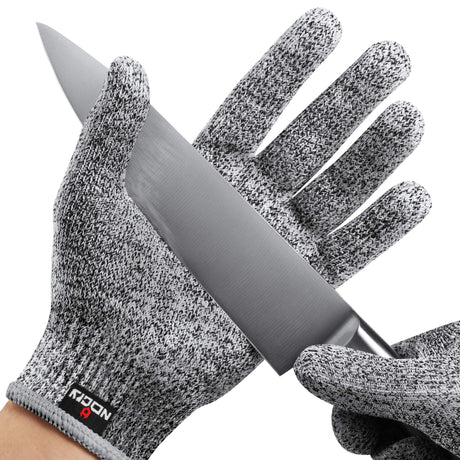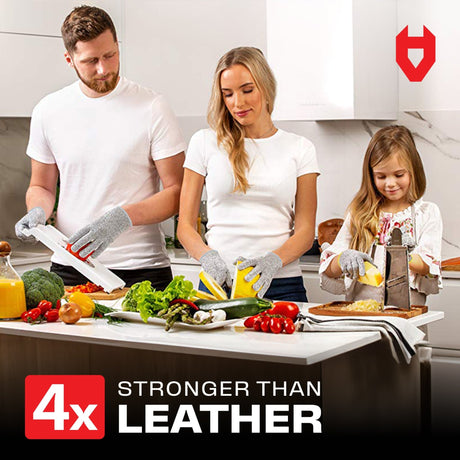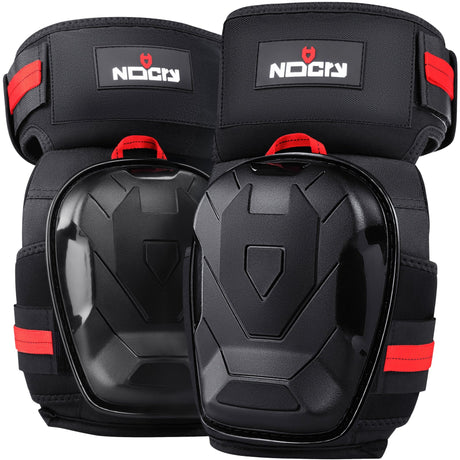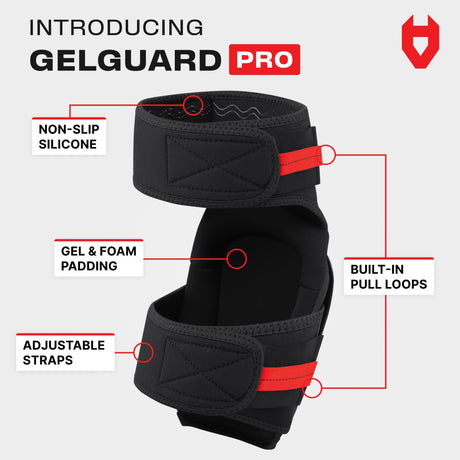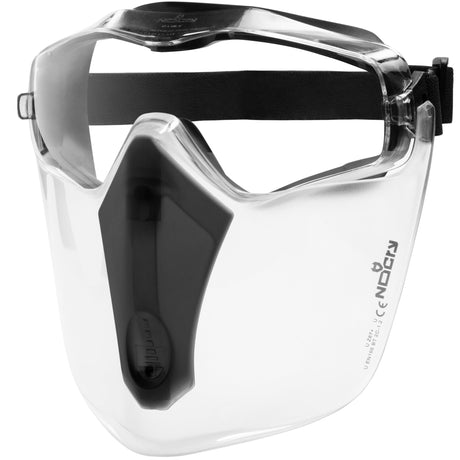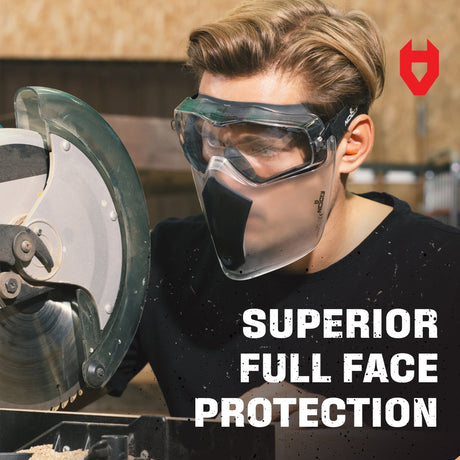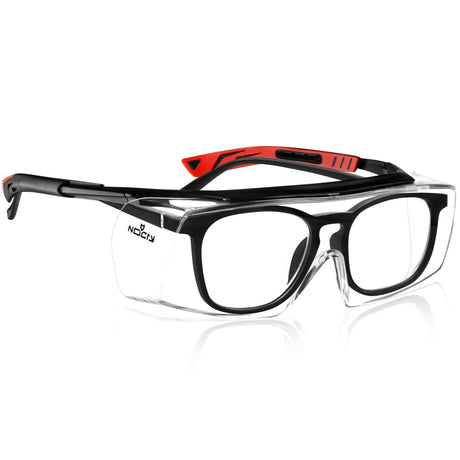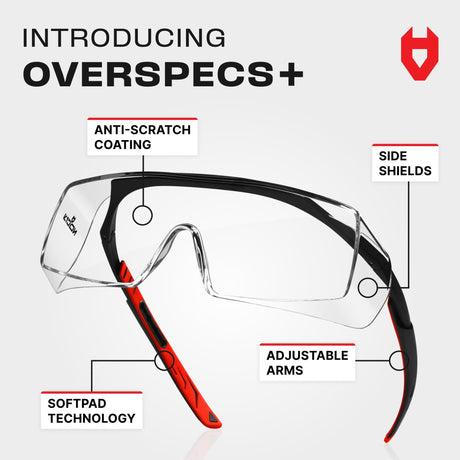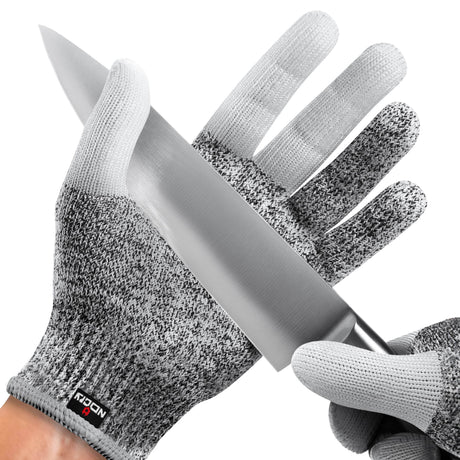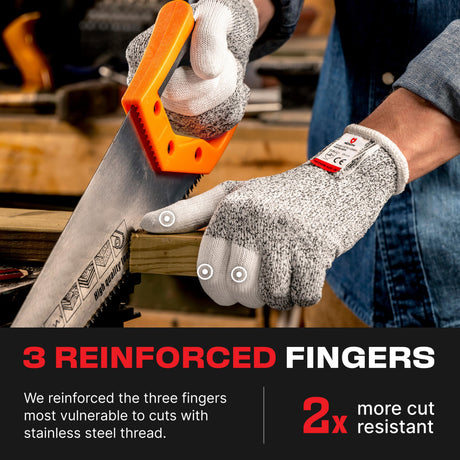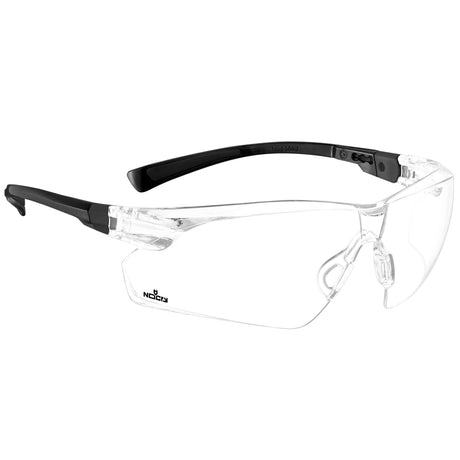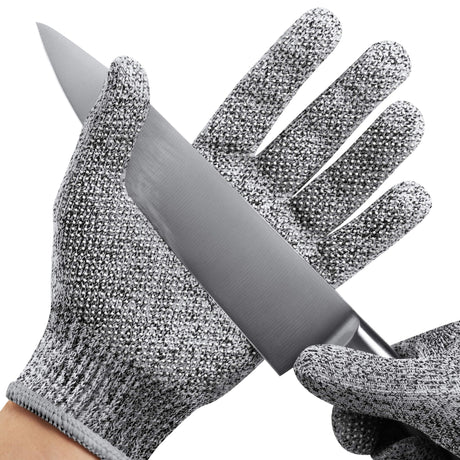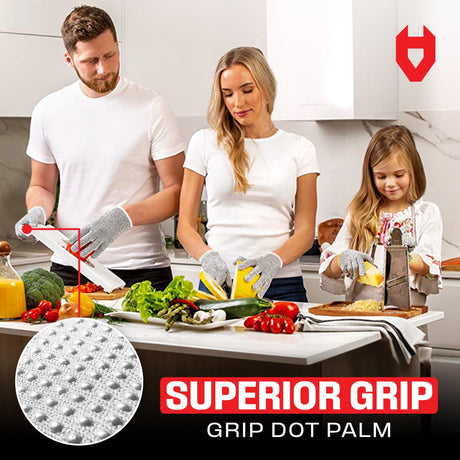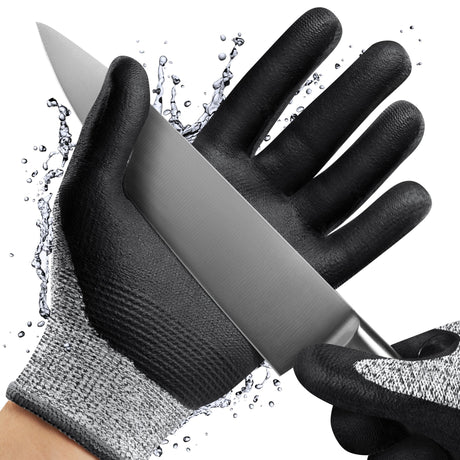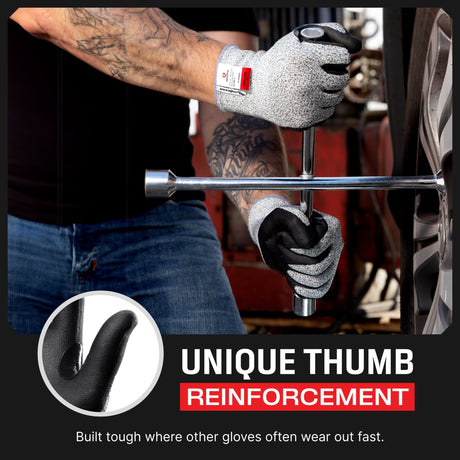Key Takeaways
- Start with the basics. Learning how to use a whetstone and keeping a steady angle when sharpening your blade takes time — but it’s essential for a sharp, long-lasting edge.
- Japanese water stones are still top-tier. Despite modern gadgets, traditional whetstone to sharpen knives still gives unmatched results.
- Angle control is everything. Whether using crock sticks, rods, or belt systems, maintaining a consistent angle is the best knife-sharpening technique.
- Modern tools like the Spyderco Tri-Angle Sharpmaker simplify sharpening with pre-set angles — perfect for beginners and pros alike.
- For speed, nothing beats paper wheels. A grinder with paper wheels and jeweler’s rouge delivers razor-sharp edges in seconds.
- Stropping brings the wow factor. Leather stropping with grit gives a polished, mirror finish that slices paper-like air.
- Safety matters. Use cut-resistant gloves when sharpening. The sharper the knife, the more careful you need to be.
A sharp knife is safer and more satisfying to use. In this hands-on guide, NoCry PDP community Bill shares a lifetime of knife sharpening tips, from learning with oil stones to mastering modern systems. If you've ever wondered how to sharpen a knife like a pro, you're in the right place.
This is an introduction to knife sharpening with Bill Young.
The Early Days: Learning the Basics with Bill
My passion for sharp knives started when I was young. I began learning to use whetstones with oil for sharpening. Getting and keeping a consistent angle of grind was a learned skill. It was a true learning experience. Today, I still use Japanese water stones to achieve amazing sharpness. But again, it takes time.

Arkansas Crock Sticks and the Spyderco Tri-Angle Sharpmaker
In the 1960s, Arkansas crock sticks hit the market. Wow, no more angle issues. The idea was to hold the blade vertically and slice it from tip to butt as you pushed down. It worked and still does.

The current version of the original crock sticks is the Spyderco Tri-Angle Sharpmaker. It is the same principle as the original crock sticks with refinements.

The Importance of Angle Control
It was easy to keep the exact angle and the kit offers course and fine stones along with steel rods to protect from cuts. I keep this in our kitchen to touch up knives between sharpening on my other devices. Additionally, most knives that have been sharpened correctly just need the cutting edge “realigned” using a crock stick (mentioned above) or butcher’s steel (below).

Exploring Modern Sharpening Devices
People seem to have a mental block or just don’t care about the sharpness of their knives it seems. Constantly new devices are marketed that are the latest and greatest. From the Ken Onion belt sharpeners to the Wicked Edge mega-expensive stones, new ideas sell and both these are top shelf and do a great job for novices.
I have used a great sharpener manufactured in Ukraine for years. It is slow but extremely precise and offers hair splitting results. My model is the Hapstone V8 and I use mainly diamond stones in different gradiants to achieve a perfect edge. Marking the edge of a chef’s knife allows you to adjust your stone angle to perfectly cover the entire sharpening edge when fine tuning an edge. The goal is to not remove any more metal than necessary.

You move from course to extremely fine stones to achieve your edge.
The Fastest Technique: Paper Wheels on a Grinder
The latest rage in sharpening to me is the paper wheels. Yes, on a 3,650 rpm grinder running a disc made of paper and rubbed with jewelers rouge will bring a knife to a razor edge in seconds. It is the fastest method I have but requires a very steady hand and a bit of practice.

Achieving a Mirror Finish with Leather Stropping
But, with all this, I was not satisfied. I wanted the type of edge that was not only able to split hairs or cut extremely thin yellow pages of paper without resistance. No, I wanted a mirror finish on that edge. This is achieved by stropping with different grits applied to a leather strop. The wow factor I needed was this polished razor edge.
I visited the premier knife store in Dallas/Fort Worth and spoke with the owner. He asked if I would like to take a seat in their sharpening shop. All knives purchased from his company, The House of Blades, come with a lifetime free resharpening if you bring your knife back to them. I jumped at this chance to work with masters of knife sharpening and finally passed their approval to resharpen any knife sold. They developed that ultimate sharpener in-house to accomplish their goal. I left with that machine and have used it ever since.
It does professional work with a low speed motor and exact angle guide using many various grits and finishing with a leather stropping belt. It has produced polished razor-sharp edges in a fraction of the time. A digital gauge is used to set your angle, and NoCry cut-resistant gloves are used at all times. You really don’t want to be cut with this edge!

A Lifelong Passion for Razor-Sharp Blades
A hard-worked bushcraft blade brought back to life. Hard to see but you can see your reflection in the bevel.

Every knife I sharpen is razor sharp and polished. Strange passion but I love it.

How to Sharpen a Knife: Step-by-Step
- Soak your whetstone (if it’s a waterstone) for 10–15 minutes.
- Hold the knife at a 15–20° angle on the stone.
- Push the blade across the stone, heel to tip, with even pressure.
- Repeat on the other side, keeping the same angle.
- Switch to the fine-grit side and repeat for a polished edge.
- Strop on leather to finish with a razor-sharp, mirror finish.
- Use cut-resistant gloves for safety during sharpening.
FAQ
What’s the fastest way to sharpen a knife?
Using paper wheels on a high-speed grinder is one of the fastest ways to get a razor-sharp edge. Apply jeweler’s rouge to the wheel and carefully guide the blade. While it's quick, it requires a steady hand and practice to master this knife sharpening technique safely.
How to use a knife sharpener?
To sharpen a knife using a standard sharpener, hold it steady on a flat surface. Pull the knife through the coarse slot first, then the fine one, keeping a steady angle. These quick knife sharpening tips are great for touch-ups, but for serious edges, use a whetstone to sharpen knives.
How to sharpen a knife with a sharpening stone?
Start by soaking your whetstone (if it’s a waterstone) for 10–15 minutes. Hold your knife at about a 20° angle and slide it across the stone in a smooth motion. Start with coarse grit and finish with fine. This is one of the best knife sharpening techniques and gives a long-lasting edge.
How to use a Smith’s Arkansas Knife Sharpener?
Smith’s Arkansas Knife Sharpener is a popular, easy-to-use tool. Apply honing oil, hold the blade at a 15–20° angle, and slide it across the stone evenly. Flip and repeat. These stones are great for learning how to sharpen a knife the traditional way. They’re compact and easy to maintain a good edge.
How to use a knife sharpener rod?
Hold the rod vertically and draw your blade down it at a 15–20° angle, alternating sides. This won’t remove metal, but realigns the edge. It’s a key part of knife care and a practical way to support the best knife sharpening technique between full sharpenings.
What’s the benefit of using a stropping belt or leather strop?
Stropping with leather and polishing compounds refines the blade edge, removing microscopic burrs and adding a mirror finish. It’s one of the final steps in the best knife-sharpening technique, producing an edge sharp enough to split hairs or slice paper with zero resistance.
Should I wear gloves when sharpening knives?
Yes — cut-resistant gloves like NoCry gloves are highly recommended. When using sharpeners, grinders, or stropping tools, the risk of slipping or contact with the blade is real. Good gloves help keep your hands safe without affecting your grip while learning how to sharpen a knife.







